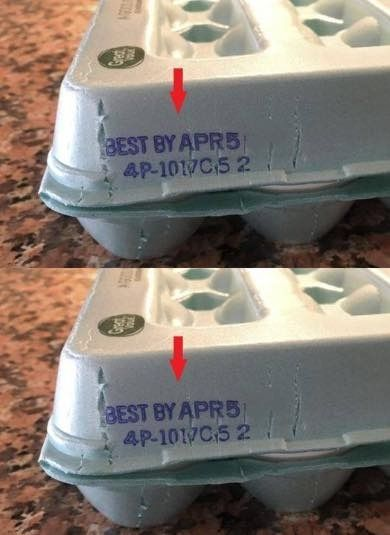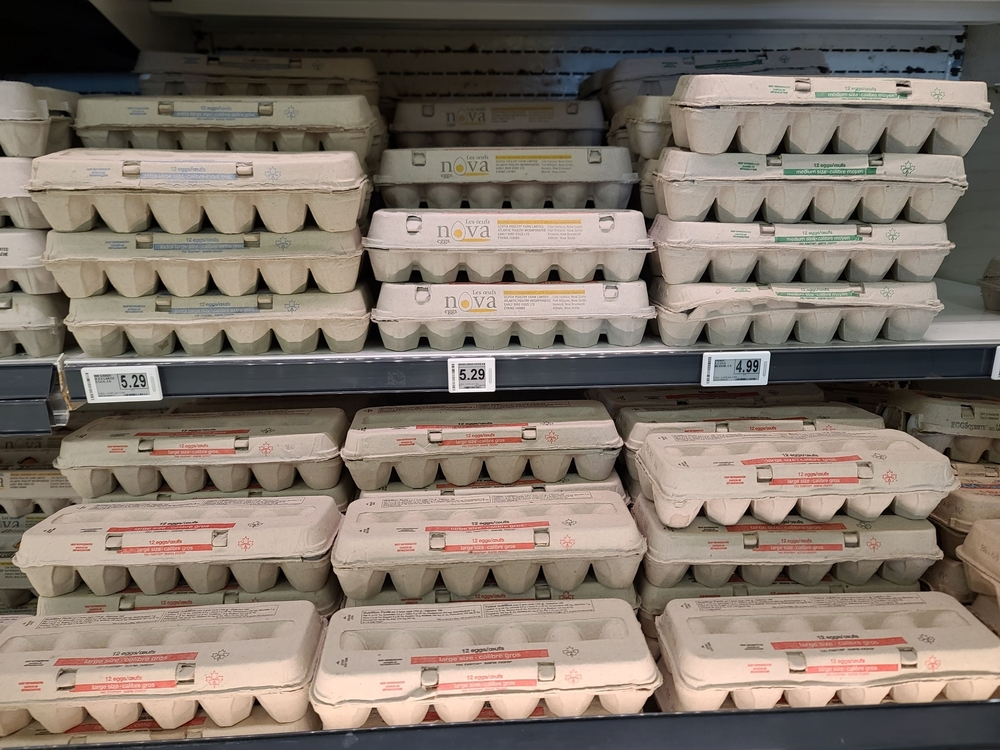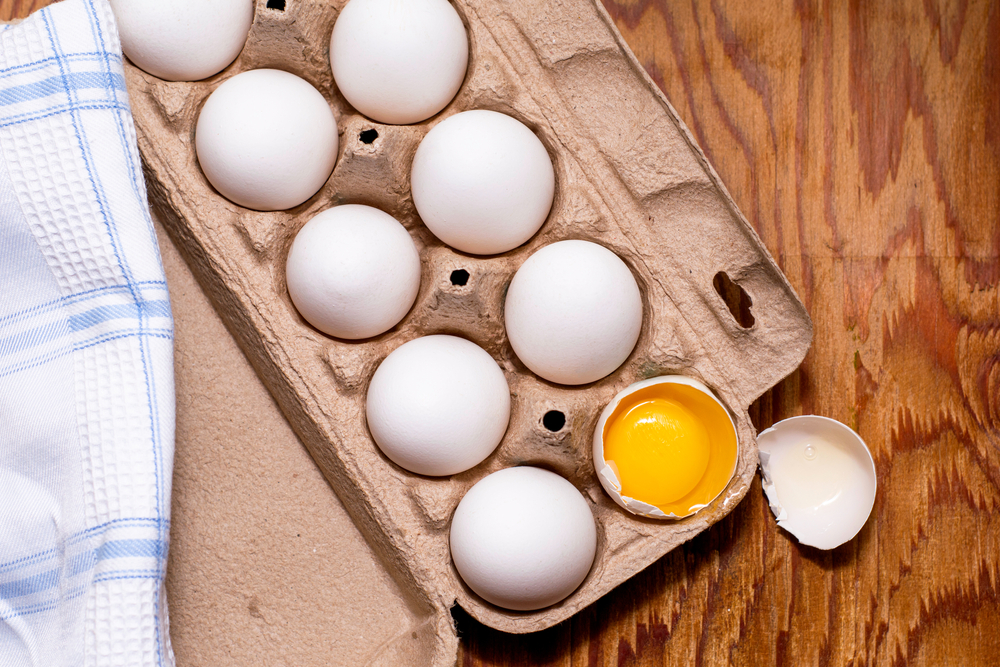Eggs are a kitchen essential—whether you’re frying them up for breakfast, baking them into desserts, or whipping them into savory dishes. But have you ever really looked closely at your egg carton? No, not just the “sell by” date. We’re talking about those extra numbers and letters that most of us ignore.
Here’s the truth: those codes are more than just packaging filler. They hold the key to understanding how fresh your eggs are, where they came from, and how long they’ll last. Let’s crack the mystery wide open so you can shop smarter and eat safer.

What Is the Julian Date—and Why Should You Care?
Let’s start with that mysterious three-digit number printed somewhere near the expiration or sell-by date. That’s called the Julian date, and it tells you the exact day of the year the eggs were packed.
Think of it like a secret calendar code:
- 001 = January 1
- 032 = February 1
- 365 = December 31
So if your carton has a Julian date of 123, that means those eggs were packaged on May 2nd.
Why does this matter? Because eggs stay freshest for four to five weeks after packaging. But the sell-by date could be as much as 30 days later, meaning some eggs on the shelf could already be a couple of weeks old before you even buy them. If freshness matters to you, the Julian date is your best friend.
Video: Here’s What Those Numbers On Your Egg Carton Really Mean
The Plant Code: Where Your Eggs Were Packaged
Next to the Julian date, you’ll usually find another code that starts with a “P”, followed by four numbers. That’s the plant code, and it tells you where the eggs were packaged. For example, P2036 might represent a processing facility in Iowa.
Why is this useful? If there’s ever a recall due to contamination or illness, this is the code authorities use to identify affected batches. It’s not something you need to memorize, but it’s definitely good to know it’s there—just in case.
The Downside of Older Eggs
So, your eggs passed the smell test, and there’s no visible mold or cracks. All good, right? Well, not quite.
Even if older eggs are technically safe to eat, they lose quality over time:
- Yolks become fragile and are more likely to break when cracked.
- Egg whites get runnier, making them harder to whip or bake with.
- They may carry a higher risk of bacterial contamination, especially if they weren’t stored properly.
That’s why it’s worth checking those carton codes instead of relying on guesswork.
How to Store Eggs for Maximum Freshness

Once you’ve picked the freshest eggs possible using the Julian date, the next step is proper storage. Here’s how to do it right:
- Keep them in the original carton—it protects them from absorbing odors and slows moisture loss.
- Store them in the coldest part of the fridge, not the door. The door tends to fluctuate in temperature.
- Don’t wash them before storage. Commercial eggs are already cleaned and coated with a protective layer.
Proper storage can help your eggs last up to five weeks or more, especially if they were fresh when you bought them.
How to Tell If Your Eggs Are Still Good
Even with all this knowledge, sometimes you just want a quick test to be sure. Enter: the float test.
Fill a bowl with water and gently place an egg inside:
- Fresh eggs will sink and lay flat.
- Slightly older eggs will tilt upwards but stay submerged.
- Bad eggs float—that’s your cue to toss them.
Why does this happen? As eggs age, the air cell inside them grows, making them more buoyant.
If you’re still unsure after the float test, crack the egg into a separate bowl. If it smells weird or looks off, don’t risk it.
Tips for Smarter Egg Shopping
Video: ALERT SECRET 3 Digit Code On Egg Cartons NOT What You Think, Here’s What EVERYONE Should Know
Here’s a quick checklist for choosing the best eggs every time:
- Always buy from a refrigerated section
- Check for cracks or dirt before purchasing
- Look for the USDA grade shield—these eggs meet higher quality standards
- Buy only what you’ll use in a few weeks
- Check both the sell-by date and the Julian date
If you follow these simple tips, you’ll rarely be stuck with spoiled eggs again.
Use Up Eggs Before They Expire With These Delicious Ideas
Let’s be honest—sometimes we overbuy. If your eggs are getting close to expiration, don’t toss them! Put them to good use with these tasty options:
- Breakfast burritos
- Egg muffins
- Homemade pasta or noodles
- Shakshuka
- Quiche or frittatas
- French toast
- Pound cake or cupcakes
- Crème brûlée
- Deviled eggs or egg salad
- Crepes or crepe cake
You’ll cut down on food waste and whip up something delicious in the process.
Conclusion: The Secret Language of Egg Cartons, Decoded

Next time you grab a carton of eggs, take a second to check those hidden codes. The Julian date tells you exactly when the eggs were packed, while the plant code gives you traceability in case of recalls. Together, they help you make informed choices about what’s going into your fridge—and your body.
Understanding these small details can make a big difference in how fresh, safe, and tasty your eggs are. And let’s face it—once you’ve cracked the code, you’ll never look at an egg carton the same way again.


